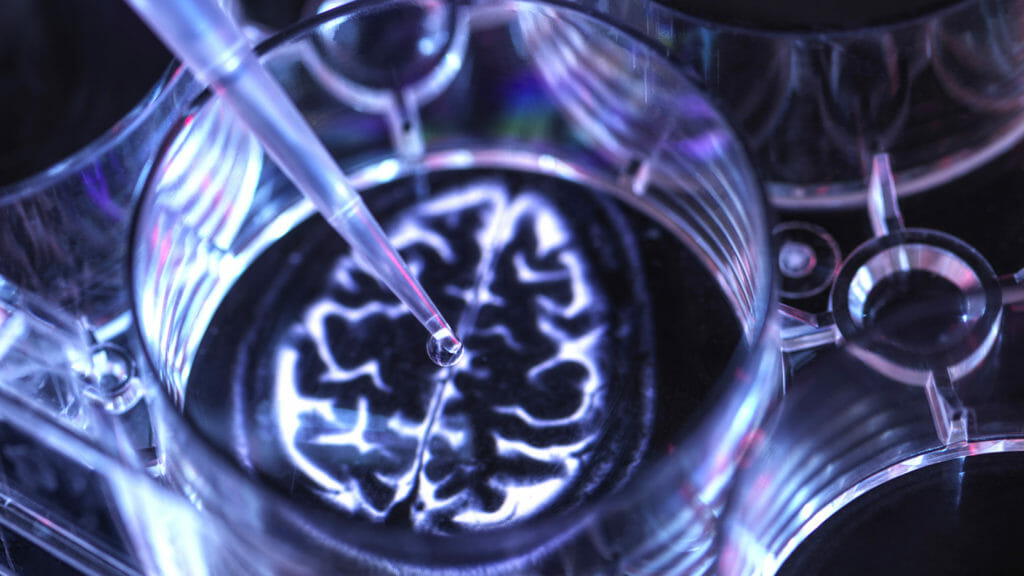
For older adults with neurological disorders such as dementia or Parkinson’s disease, the promise of non-invasive brain stimulation treatment is extremely enticing.
Unfortunately, for those with memory issues, non-invasive brain interventions may be non-effective, a new study finds.
The study calls into question the possibility of using an external current to assist older adults with visual memory impairment. This is a particularly difficult problem for residents in long-term care environments, because they must navigate communities and facilities safely without putting themselves at risk of a fall.
For the caregivers of those living with dementia, it is essential to know which treatment options, in and out of a community or facility, are effective or will help those in their charge.
The researchers were attempting to replicate an earlier study from another research team which found that a 15-minute session using “transcranial direct current stimulation,” or tDCS, improved working memory. Instead, the new study found the exact opposite.
“We did not observe any benefits of single-session tDCS on visual working memory capacity and precision, regardless of stimulation site and task difficulty,” the study authors wrote. “Considering the complexity of tDCS, our null findings highlight the critical importance of building a robust and informative body of evidence on the effectiveness of non-invasive brain stimulation on cognitive performance.”
The jury still is out on the current potential for non-invasive treatments for dementia. A separate study from last month — not the one the most recent research refuted — found that one electrical technique was able to help the brain recover memory function over a period of weeks and months.
Even the University of Sheffield researchers behind the skeptical tDCS report agreed that it still has positive use cases, including for depression.
Although more research may be needed to validate the widespread use of certain non-invasive brain stimulation treatment, new innovations have made invasive options, such as deep brain stimulation, less traumatic for users and their brains.
One study was able to both expand the stimulation area and reduce wear-and-tear of the implantation devices — and the brain — to help older adults living with Parkinson’s, the McKnight’s Tech Daily recently reported.


